Country soul
Thanh Da Peninsula is separated from the city center by Kinh Bridge across the Saigon River. This side is the peninsula, with the slow pace of life of the gentle people still bearing the characteristics of the countryside.
Alley 480 is sparsely populated, with a few grocery stores not far from each other, selling all sorts of small items that are completely unavailable in the city. Baskets of eggs still covered in mud and straw; stalls displaying all sorts of fruits: bananas, guavas, custard apples, mangoes, papayas… with rough skin, not as smooth as fruits in the city; carts of fried bananas and fried sweet potatoes do not hesitate to shout: “Buy, selling cheap. Bananas are too ripe and about to spoil…”.
Mrs. Hai Nho’s pot of banh it on the roadside was boiling, captivating our sense of smell. The banh it was cooked on a wood stove. Mrs. Hai Nho sat next to it, wrapping new cakes, then adding more wood to the stove. Her wrinkled hands stained with time slowly wiped each piece of banana leaf. Seeing us taking pictures, she looked up to reveal a toothless smile, without any teeth left.
Mrs. Hai wrapped us 5 banh it, 3 with bean filling, 2 with coconut filling - the batch was just taken out of the pot, hot to the touch. She told us to try it, to see if it was as good as the ones across the street.
Following the sign posted on the side of the road, we entered the heart of the peninsula. A dike separated the lotus pond and the coconut grove in two, creating a path just wide enough for a motorbike. The vast fields of rice, lotus, water spinach, coconut, wild plants… intertwined, not arranged according to any particular rules. Yet, they created a special feature with the flavor of the countryside.
The lands on the peninsula are almost unfenced, with only low-cut trees symbolically separating one garden from another. Many gardens are overgrown with weeds, with a few guava trees growing on their own, laden with fruit that no one picks… It is said that the owners of these lands have left the peninsula, across Kinh Bridge to integrate with the vibrant life of Ho Chi Minh City.


Mrs. Hai Nho, famous for her banh it cakes on the peninsula.
The quacking sound of a flock of ducks emerging from a newly harvested water spinach field interrupted our hazy thoughts. Fluttering their wings, the ducks scrambled to find their way ashore at the urging of their herders.
…dear
He is Nguyen Van Tu, 58 years old, the villagers still affectionately call him Mr. Tu Vit. He was born and raised on the peninsula, the peninsula is also the birthplace of his parents. Looking back, 4 generations of his family were born and raised on this land.
Mr. Tu's flock of more than 200 ducks lays about 180 eggs a day, enough for him to sell wholesale to grocery stores at the beginning of the alley. He sells the old ducks for meat, then buys several other batches of ducklings to replace them. Raising ducks seems like a leisurely job, but it is the livelihood that has allowed him to raise his three children through college.
A family smokes dinner, a couple fishes for dinner.
“The house only has corrugated iron walls and a thatched roof. Raising ducks is a source of income, and if we save, we can still send the kids to school. Even though this place is not developed, it is still the city center. My kids don’t have to rent a room to go to school, and they still get to eat home-cooked meals every day,” Mr. Tu Vit’s face radiated pride as he pointed to the dilapidated house by the pond.
After graduating from university, Mr. Tu's three children, only Hai Dung (the eldest son) stayed on the peninsula, got married and had children. He and his wife both worked as office workers in Binh Thanh district, and were sometimes jokingly called Saigon tycoons by friends and colleagues. Yes, they were indeed tycoons. Mr. Tu Vit left him more than 300 square meters of land on the peninsula, which was not a small amount, it was just that the time had not come yet!
Next to Mr. Tu Vit's house is an empty lot with a few cows grazing leisurely, and not far behind is Landmark 81 - the tallest building in Vietnam at the moment. For generations, despite the bustling streets next to it, Thanh Da peninsula has slowly maintained its own unique features, the quiet features of a Southern village before the 80s of the last century.
The tallest building in Vietnam is only about 1km from the peninsula as the crow flies.
A group of 7 children, the oldest of whom was in 6th grade, carried a ball and walked to the field where the cows were grazing. Using 4 sandals to make 2 goals, the young players rolled around on the field, their bodies covered in mud. On the other side of the water spinach field, a girl in 3rd grade, carrying a basket, stood on the bank waiting for her mother to pick vegetables for dinner. Occasionally, she rolled up her pants and went down to pick up some snails clinging to the bank…
Behind, the skyscrapers lit up one after another. Thanh Da Peninsula suddenly became quiet, water hyacinths drifted silently.
More than 30 years ago, Ho Chi Minh City leaders wanted to "turn" Thanh Da peninsula into the most modern urban area in the city. To realize that dream, in early 1992, Ho Chi Minh City People's Committee officially approved the Binh Quoi - Thanh Da urban area project with a total area of about 426.93 hectares (including the entire Ward 28).
In early 2004, the city assigned Saigon Construction Corporation to invest in construction. However, after a long period of stagnation, in 2010, Ho Chi Minh City decided to withdraw. At the end of 2015, the Joint Venture of Bitexco Group and Emaar Properties PJSC was appointed by the Ho Chi Minh City People's Committee as the investor of the Binh Quoi - Thanh Da Urban Area project with a total capital of about 30,700 billion VND.
However, up to now, after more than 3 decades of approval, the "super project" of Binh Quoi - Thanh Da Urban Area is still "hanging". Living on the "dream" of Bitexco Group, about 4,000 households here can only earn a living by digging ponds to raise fish, growing rice, raising chickens... and waiting for the day to be "liberated". The reason is that the project is located in an area where there is a decision to reclaim land, so the division, subdivision, and construction permits of the people are all prohibited.
Source




![[Photo] Red flag with yellow star flutters in France on National Day September 2](https://vphoto.vietnam.vn/thumb/1200x675/vietnam/resource/IMAGE/2025/8/28/f6fc12215220488bb859230b86b9cc12)
![[Photo] National Assembly Chairman Tran Thanh Man holds talks with New Zealand Parliament Chairman](https://vphoto.vietnam.vn/thumb/1200x675/vietnam/resource/IMAGE/2025/8/28/c90fcbe09a1d4a028b7623ae366b741d)
![[Photo] General Secretary To Lam attends the opening ceremony of the National Achievements Exhibition](https://vphoto.vietnam.vn/thumb/1200x675/vietnam/resource/IMAGE/2025/8/28/d371751d37634474bb3d91c6f701be7f)
![[Photo] Politburo works with the Standing Committee of Cao Bang Provincial Party Committee and Hue City Party Committee](https://vphoto.vietnam.vn/thumb/1200x675/vietnam/resource/IMAGE/2025/8/28/fee8a847b1ff45188749eb0299c512b2)
![[Photo] General Secretary To Lam presents the 45-year Party membership badge to comrade Phan Dinh Trac](https://vphoto.vietnam.vn/thumb/1200x675/vietnam/resource/IMAGE/2025/8/28/e2f08c400e504e38ac694bc6142ac331)


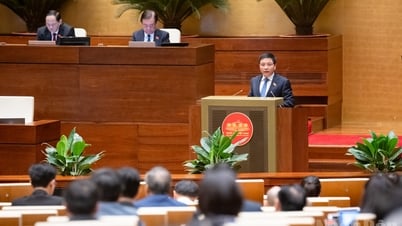

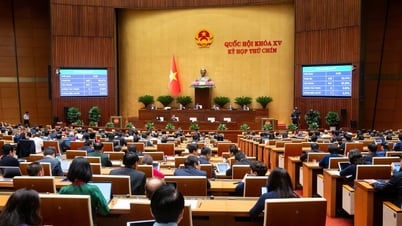

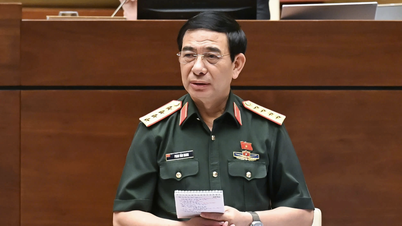

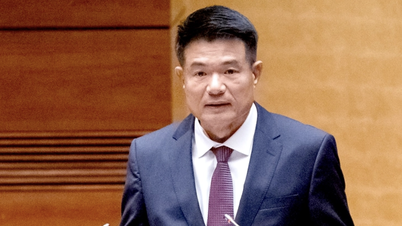

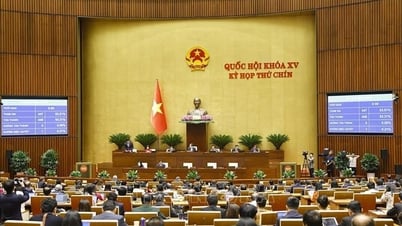








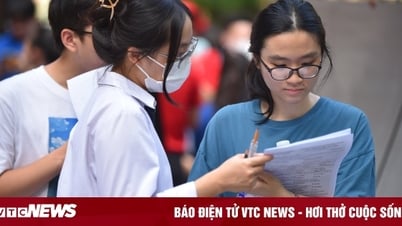


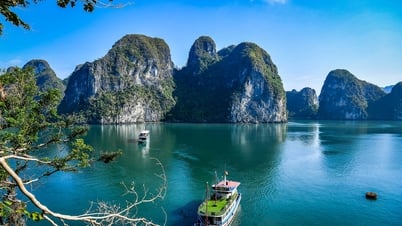
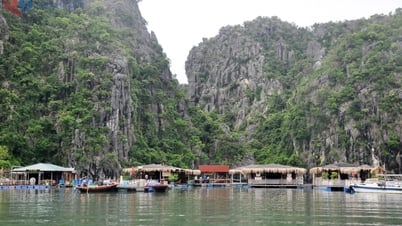

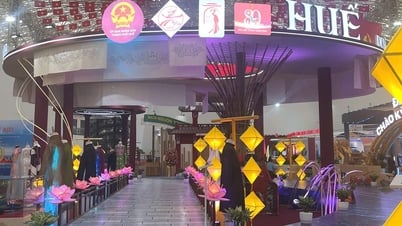

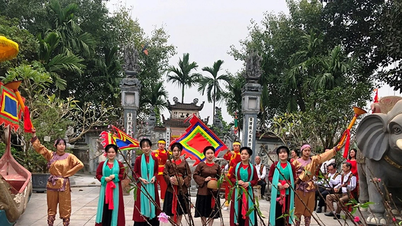
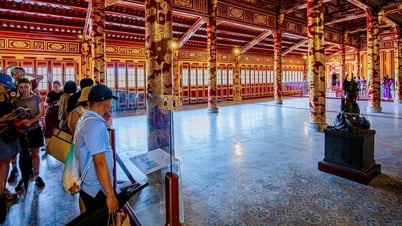



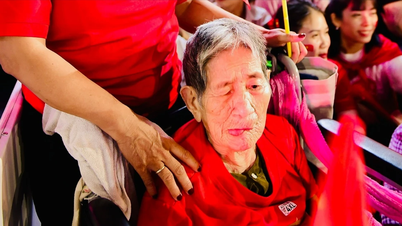

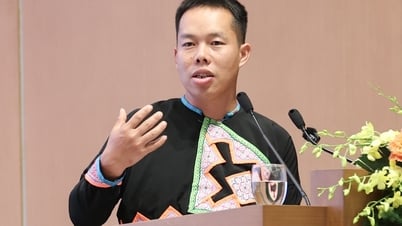
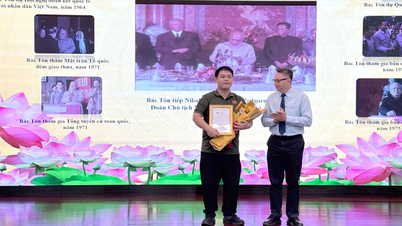

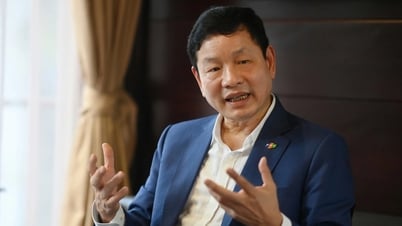

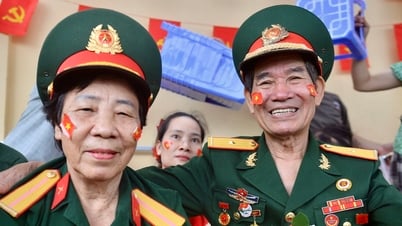
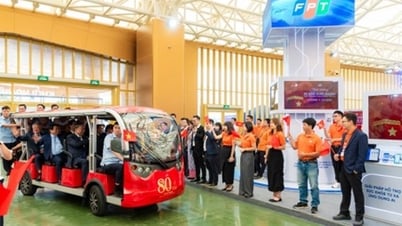

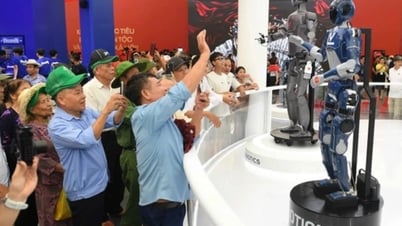
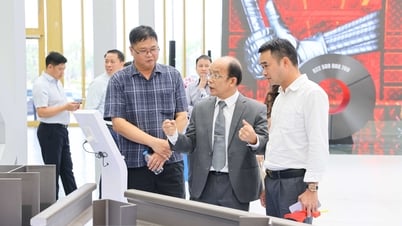
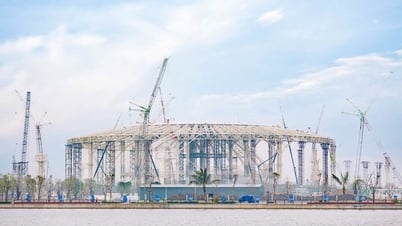

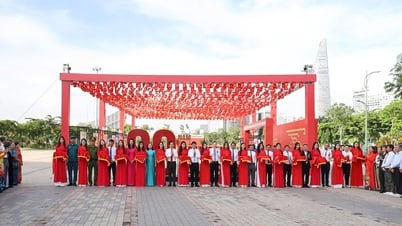

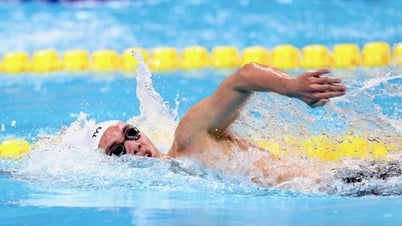
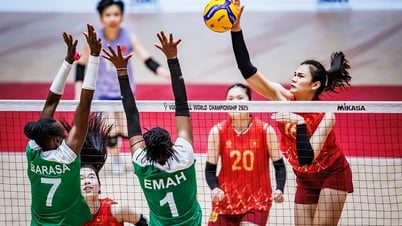



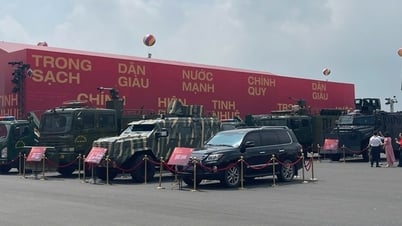



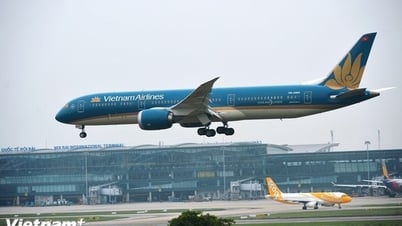
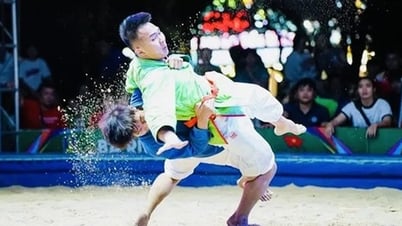
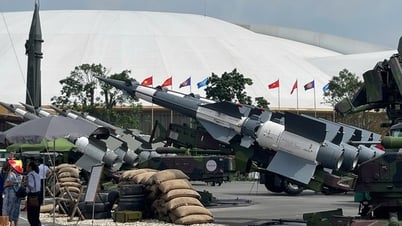
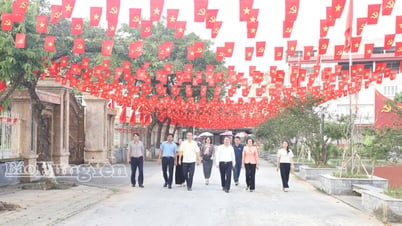

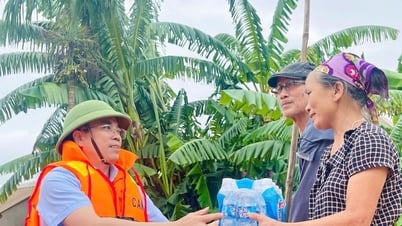

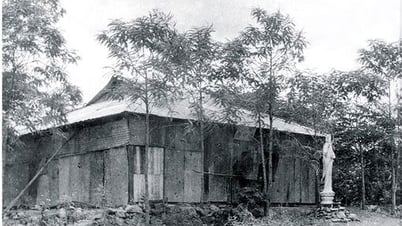

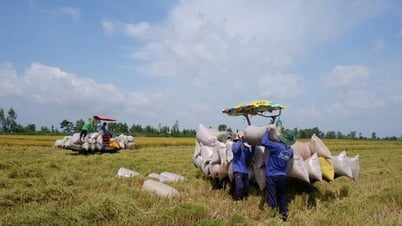
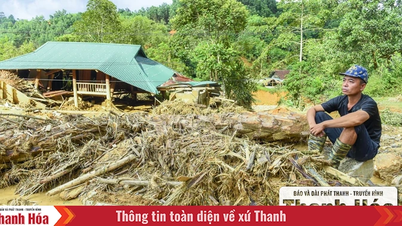

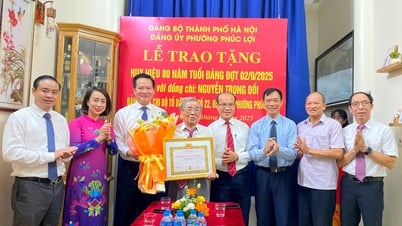
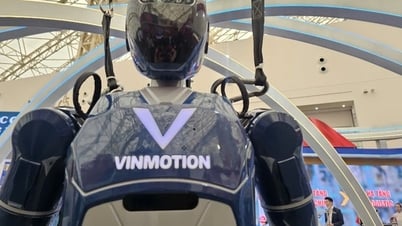

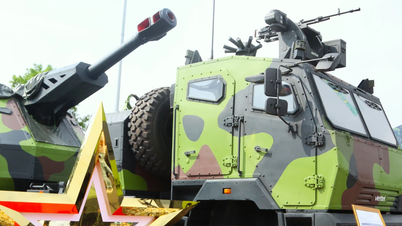

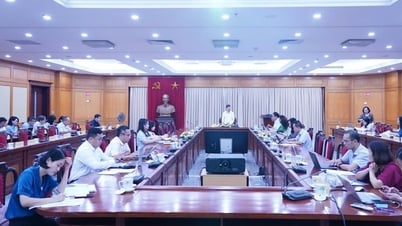


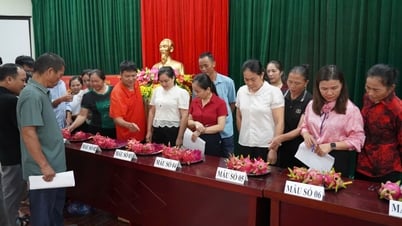

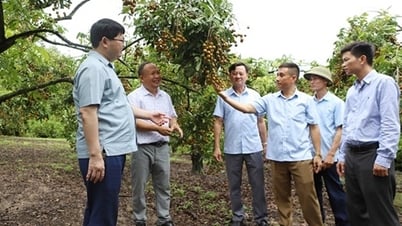





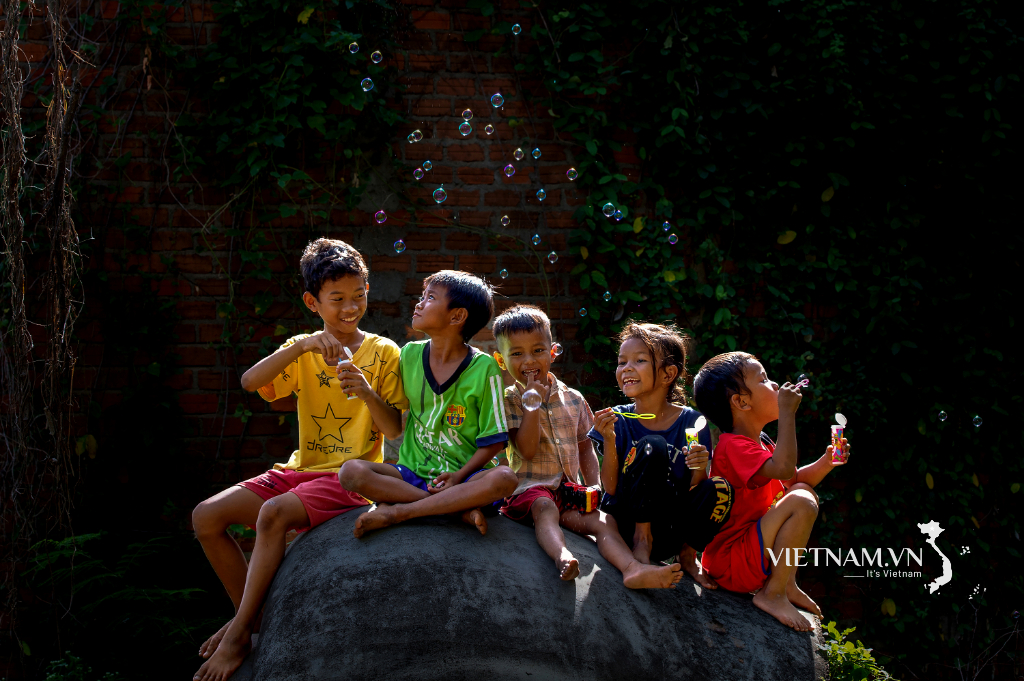
Comment (0)